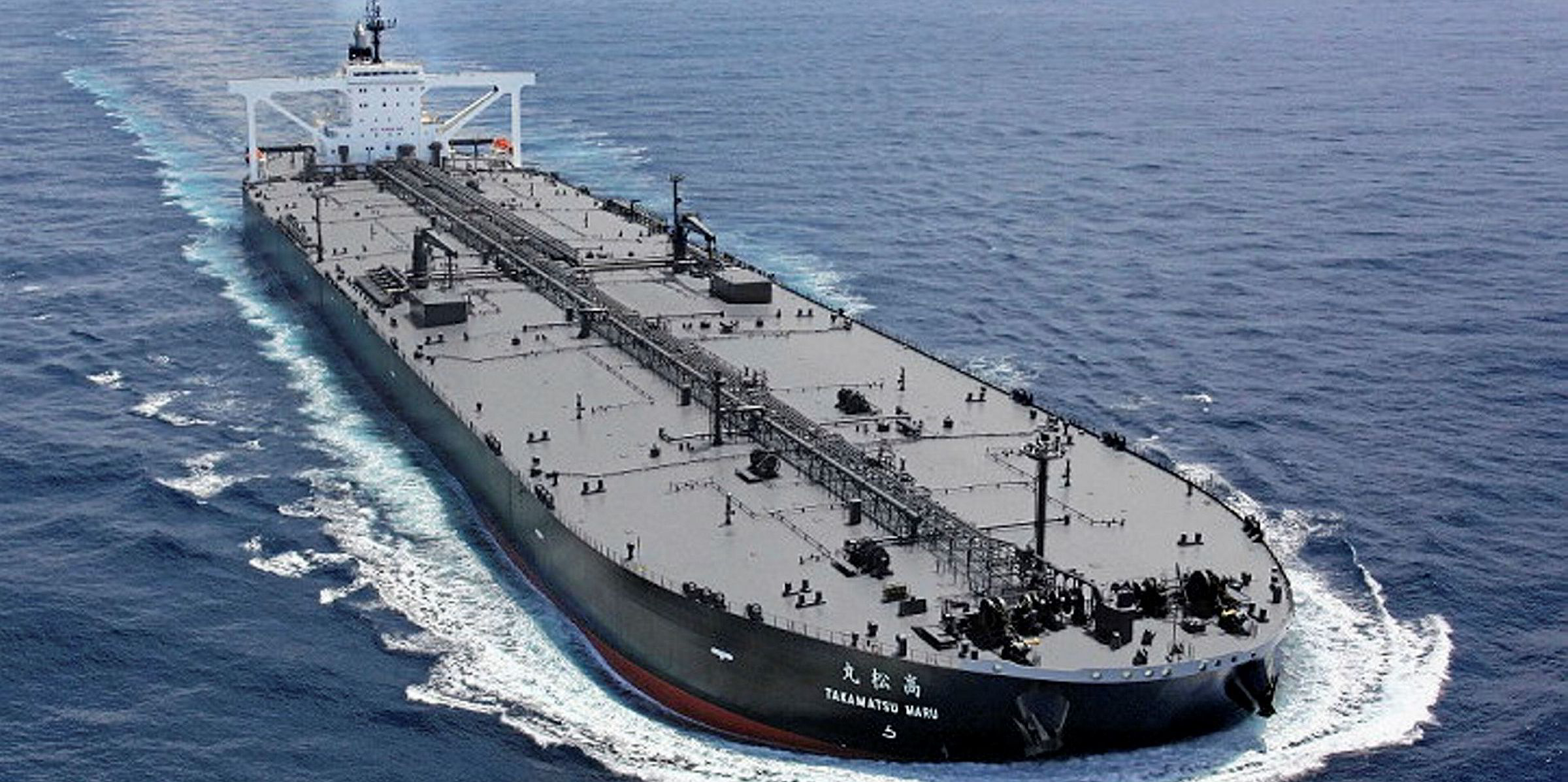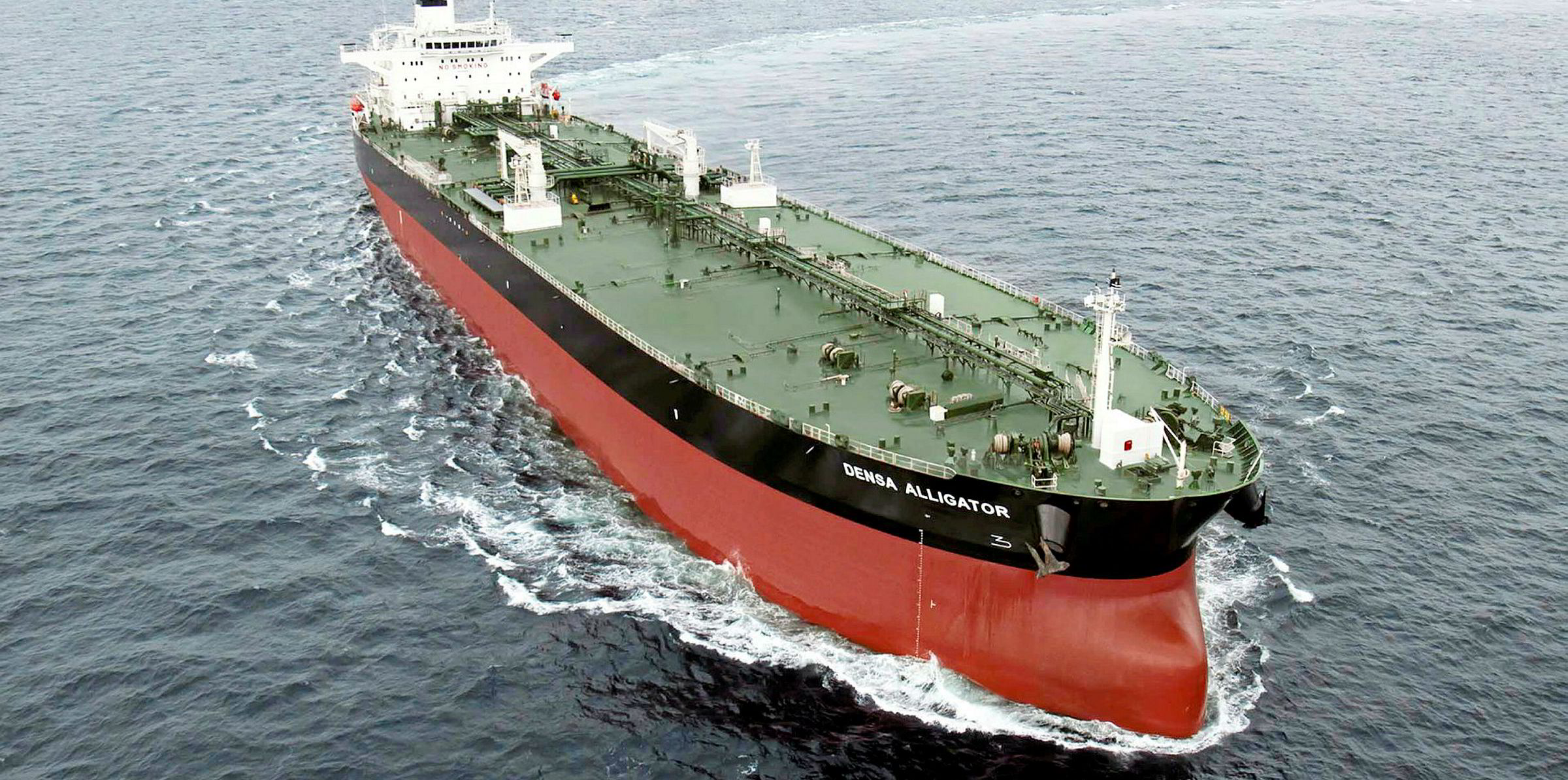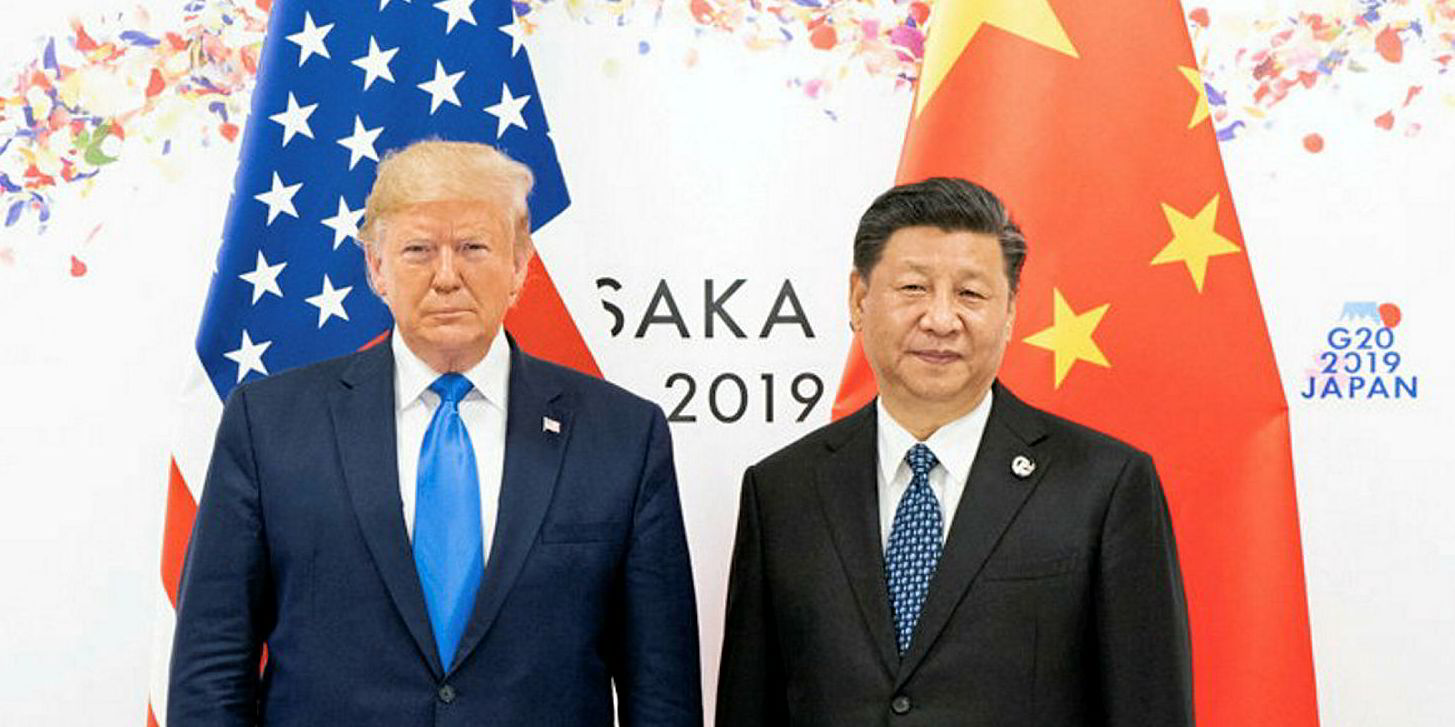High values of tanker forward freight agreements (FFAs) towards the year-end reflect more on the strong appetite for hedging amid volatile trading than a bullish outlook, Alphatanker has argued.
The December FFA contract for the TD3C VLCC rate on the Middle East Gulf (MEG)-China route stands at Worldscale 53 this week, over 60% higher than today’s spot level.
As for product tankers, the December TC2 contract for the northwest Europe-US Atlantic coast MR trade is at WS 117, more than 36% above the current spot rate. The same-month TC5 contract for the MEG-Japan LR1 rate is at WS 108, 15% more than the spot level.
Despite this many experts do not expect tanker rates to increase much in the fourth quarter, the traditional peak-demand season, with trade patterns disrupted by the coronavirus pandemic and an earlier oil price war.
“The FFA paper market is not a reflection of bullish future sentiment, rather the need for owners and charterers to find a middle ground where they can both adequately manage their risk,” Alphatanker, an analysis unit of AXSMarine, said in a weekly note.
While the premiums of FFA values to spot rates appear large, they remain “relatively attractive” to market players seeking to hedge amid “unprecedented” market uncertainty, Alphatanker added.
“The past twelve months has seen several 'grey swan' events. There remains the heightened possibility that freight rates could return to their previously volatile state over the short-term,” according to the note.
“Considering the use of an FFA contract as a risk mitigation tool, we do not believe that they have purely risen due to (potentially unfounded) speculation that this year will see a fourth quarter boost.”
De-stocking hurts tanker flows
In the second quarter, crude and product tanker earnings rose to their highest in recent memory amid severe oversupply.
Following a demand collapse triggered by Covid-19 and the price war between Russia and Saudi Arabia, record amounts of crude and petroleum products entered floating storage.
But the stocks have been reduced in recent weeks, with a gradual recovery in global oil demand due to the relaxation of lockdown measures in many countries.
Alphatanker estimates that the amount of oil stored at sea has dropped by 40m barrels since mid-July to 275m barrels, including 170m barrels of crude, 55m barrels of refined products and 50m barrels of fuel oil.
“Floating storage is now steadily coming ashore and this trend is forecast to accelerate over the coming months,” Alphatanker said.
“Crude and product futures markets no longer cover the cost of storage on tankers and we believe this is one reason behind the recent drawdown.”
Consuming nations are expected to continue drawing down existing stocks to meet the winter demand this year, painting a bearish picture for tanker demand.
Alphatanker suggests inventories will fall by close to 4m barrels per day between July and December, equivalent to two VLCC and six aframax cargoes.
It has projected the fourth-quarter TD3C FFA value to average WS 35, compared with the latest reading of WS 49.2 by the Baltic Exchange.
The TC2 contract is expected to average WS 90, compared with WS 114 currently. The TC5 is forecast to average WS 100, versus WS 105.
“This year we do not project a fourth quarter boost to rates,” Alphatanker said.







